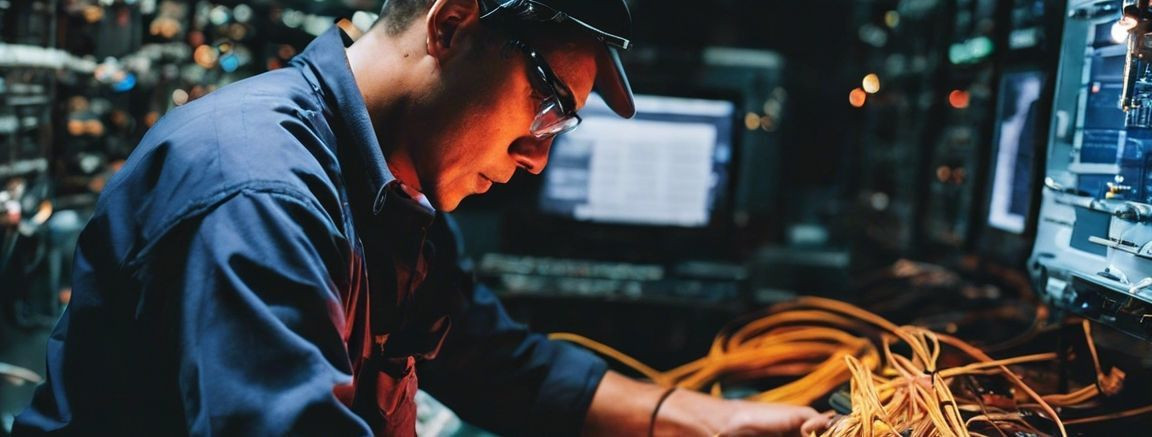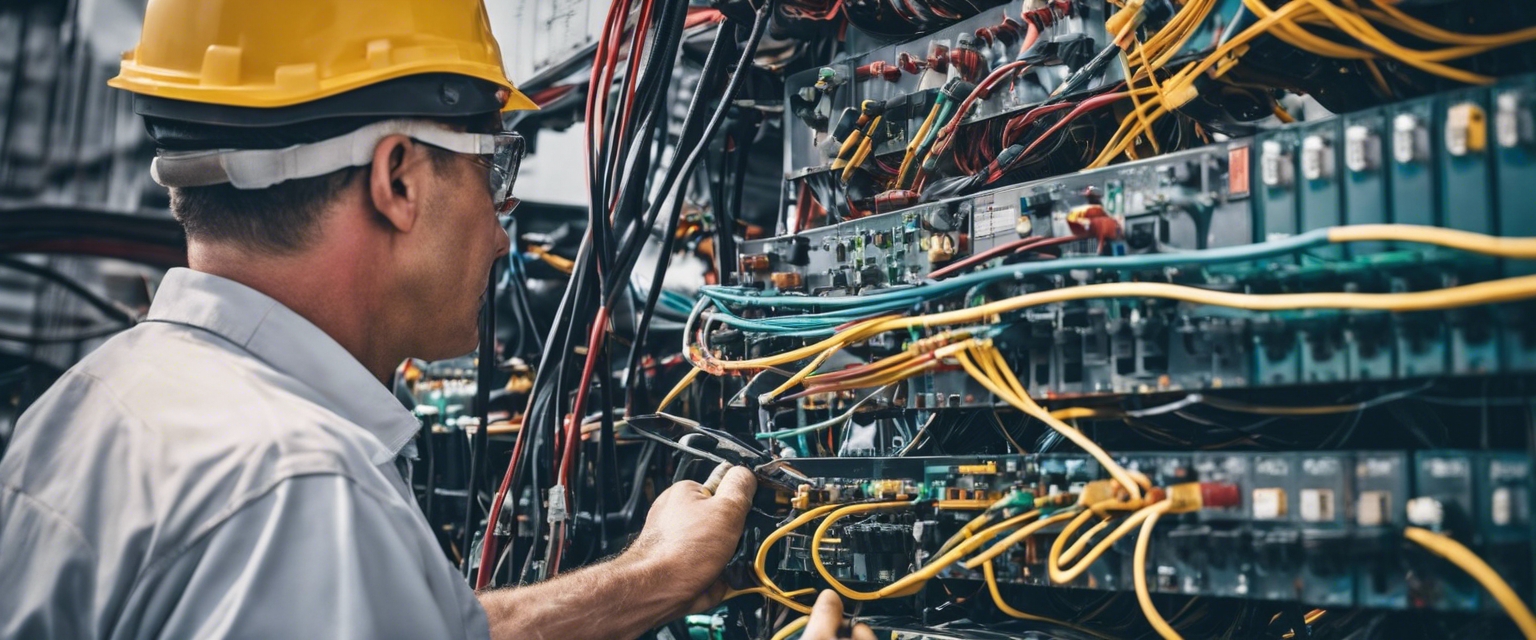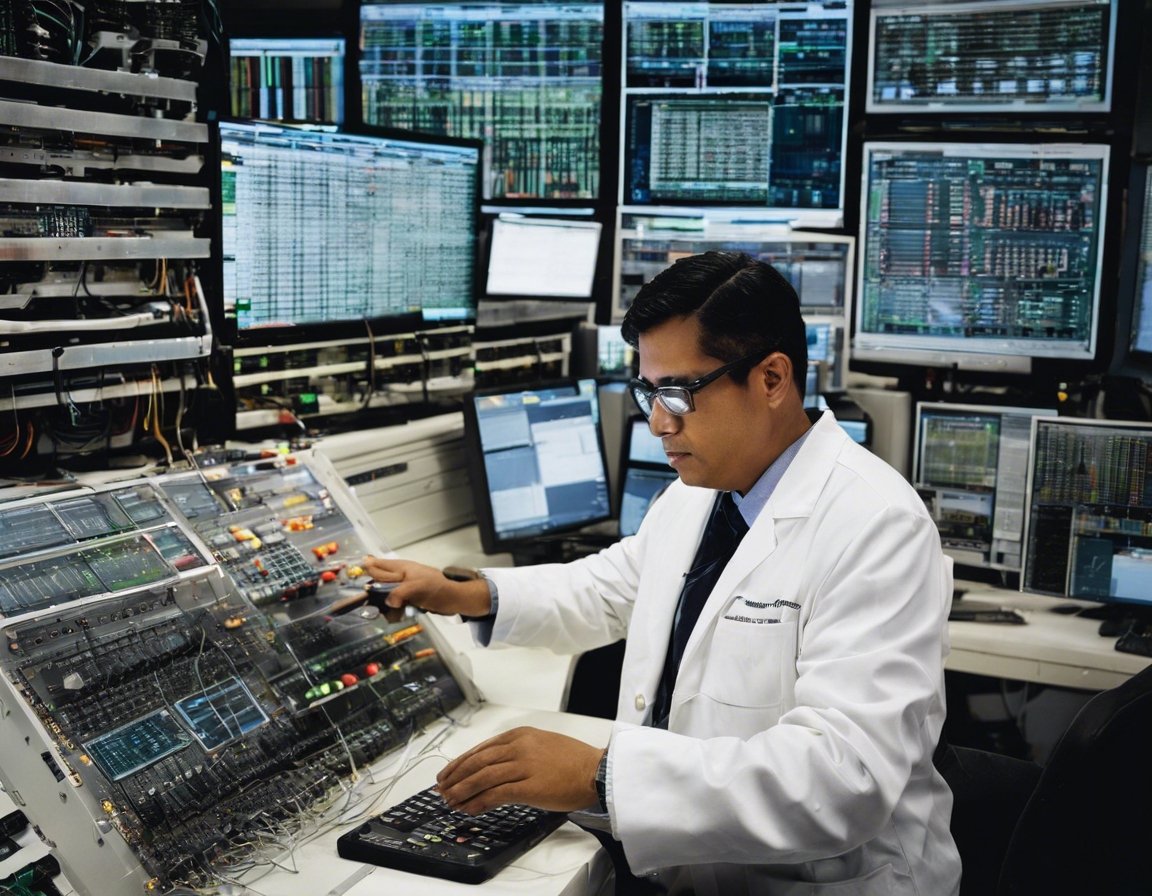The importance of electrical safety on ships
Electrical safety on ships is a critical aspect of maritime operations that demands rigorous attention. The marine environment presents unique challenges such as saltwater corrosion, vibration, moisture, and confined spaces that can affect the integrity of electrical systems. Ensuring the safety of these systems is not only a matter of compliance but also a fundamental component of protecting lives, the environment, and valuable assets at sea.
Neglecting electrical safety on ships can lead to catastrophic outcomes, including fires, power outages, equipment failure, and even loss of life. The implications of such incidents are far-reaching, affecting not only the vessel and its crew but also the marine ecosystem and the company's reputation and financial standing.
Key Components of Shipboard Electrical Safety
Regular maintenance and thorough inspections are the cornerstones of electrical safety on ships. These practices help identify potential hazards before they escalate into serious problems, ensuring that all electrical systems function correctly and are in compliance with safety standards.
The correct installation and usage of electrical equipment are vital to prevent accidents. This includes using equipment designed for marine conditions and following manufacturer guidelines to avoid overloading circuits and causing electrical failures.
Equipping crew members with the necessary training and awareness about electrical safety is essential. This includes understanding how to operate electrical systems safely, recognizing signs of electrical problems, and knowing the procedures to follow in case of an emergency.
Standards and Regulations Governing Electrical Safety on Ships
The International Maritime Organization (IMO) sets global standards for the safety and operation of ships, including electrical safety. Compliance with IMO regulations is crucial for ensuring the safety of vessels on international voyages.
In addition to international standards, ships must also adhere to national and regional regulations that may impose additional requirements for electrical safety.
Classification societies play a significant role in promoting electrical safety by certifying ships and their electrical systems. These certifications are a testament to a vessel's compliance with safety and performance standards.
Advanced Electrical Solutions for Enhanced Safety
Advancements in technology have led to the development of more sophisticated electrical systems that enhance safety on ships. These include automation, monitoring, and control systems that can detect and respond to electrical issues promptly.
Smart electrical solutions offer numerous benefits for ship safety, including improved reliability, reduced risk of human error, and enhanced diagnostic capabilities. These technologies contribute to a safer and more efficient maritime operation.
ELECTROMATIC SOLUTIONS OÜ is at the forefront of providing advanced electrical systems and services that prioritize safety, reliability, and innovation. Our solutions are designed to meet the rigorous demands of the maritime industry and ensure the safety of vessels and their crew.






Comments (0)